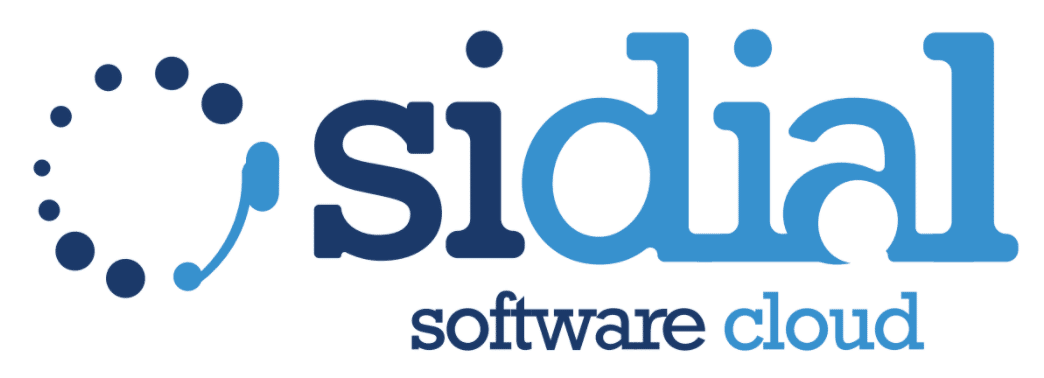When it comes to outbound call centers—those that make outgoing calls—follow-up is far more than a formality: it’s a crucial step to strengthen relationships with leads, re-engage lukewarm contacts, and boost conversion rates.
For those managing both inbound and outbound operations, follow-up becomes a strategic lever that goes well beyond cold callbacks. It’s about precisely orchestrating technology, workflows, and KPIs to achieve measurable, repeatable results.
The Strategic Importance of Follow-Up in Outbound Call Centers
Every contact generated by an outbound campaign represents an investment in time, human resources, and technology. Failing to manage follow-ups in a structured way means risking the loss of value along the funnel. A proper follow-up enables you to:
- Nurture leads not yet ready to convert
- Reprofile contacts with updated information
- Enroll prospects in a new nurturing cycle
- Gather feedback on previous interactions
- Reduce churn through proactive outreach
From a data-driven perspective, follow-up is also a quality control tool used to evaluate the effectiveness of scripts, offers, and agent behavior.
Workflow and Timing: The Core of the Strategy
One of the most common mistakes is treating follow-up as a secondary task to be handled in an agent’s spare time. On the contrary, it must be integrated into dynamic, automated workflows, built around segmentation, prioritization, and timing.
An effective flow might look like this:
- First contact → outcome: “interested but undecided”
- Automatic trigger → follow-up after 24h via SMS/email
- Second contact → new outcome and placement in high-priority list
- Follow-up after 3 days → call from supervisor or advanced script
This approach enables granular and scalable database management, preventing hot leads from being neglected and lukewarm ones from being forgotten.
Segmentation and Dynamic Queue Assignment
An effective follow-up system relies on the contact management software’s ability to segment contacts in real time based on behavior, interaction history, responses, and lead scoring.
This allows you to:
- Automatically prioritize leads with the highest conversion potential
- Assign queues to the most suitable agents based on skills and performance
- Trigger alerts for critical contacts (e.g., follow-up overdue after 48h)
Dynamic assignment also ensures efficient use of agents’ working hours, minimizing downtime and increasing per-session productivity.
Personalized Scripts and Dynamic Variables
In follow-up, a “one size fits all” approach doesn’t work. What’s needed is a dynamic script system that updates automatically based on previously gathered information: name, company, industry, preferences, past objections, and prior call outcomes.
Top-performing systems allow you to:
- Auto-fill scripts with personalized data
- Trigger alternative dialogue paths based on responses
- Integrate sales or survey modules directly within the script
This helps agents maintain a smooth, natural, and consistent conversation, improving perceived professionalism and reducing Average Handling Time (AHT).
Advanced Reporting and Quality Control
Effective follow-up management requires granular reporting, not just on individual calls but aggregated by:
- Campaign
- Agent
- Call outcome
- Time slot
- Callback and response rate
Only with an advanced dashboard is it possible to identify inefficiencies, workflow bottlenecks, and inconsistencies in scripts or delivery.
Moreover, real-time monitoring and call listening for follow-ups (live coaching or whispering) are essential tools for quality assurance and continuous agent training.
Integration with CRM and External Automations
Advanced outbound follow-up management must be deeply integrated with the company CRM. This allows you to:
- Sync customer data updates in real time
- Launch multichannel nurturing campaigns between follow-ups
- Centralize information and outcomes
- Trigger automations (emails, SMS, push notifications)
Using webhooks and REST APIs, you can also connect your call center software to marketing automation platforms, help desks, web forms, and systems managing leads from advertising campaigns.
Artificial Intelligence and Predictive Analytics in Follow-Ups
The most advanced platforms integrate AI modules for predictive analytics, automatic sentiment detection during calls, and recommended actions (next best action) for agents. This paves the way for truly smart, adaptive follow-up strategies.
For example, the system might suggest:
- The best time of day for a callback
- An alternative channel to use (e.g., email vs phone)
- Switching agents to increase conversion chances
- The most suitable commercial offer
These features, based on machine learning and big data analysis, can dramatically improve performance, especially in complex B2B segments.
Want a Platform That Truly Supports Your Follow-Up Strategy?
If you’re looking for a solution that brings together all the features mentioned—from dynamic queues to advanced reporting, smart scripts, predictive analytics, CRM automations, and omnichannel management—you can try the SiDial platform for free.
Discover how to improve follow-up management, shorten response times, boost team productivity, and offer an advanced contact experience.
Request a free demo and explore all the features of a call center software designed for outbound professionals.

